
Who is the Pixel 6 built for in real life?
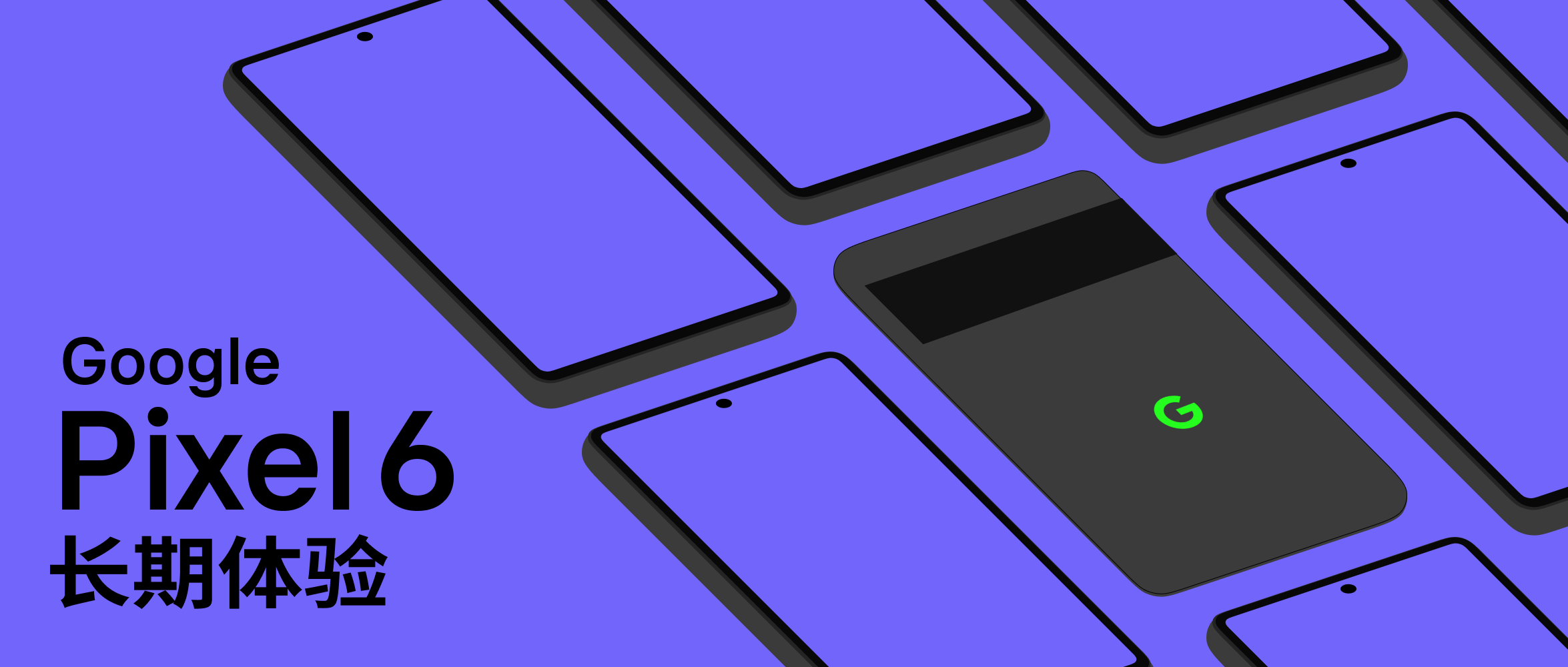
Pixel 6 is Google's flagship mobile phone released in 2021; I placed orders through various channels as soon as it officially went on sale, and finally got the red Pixel 6 half a month later.
Since I am a person who frequently changes phones, I have further thought about the software and hardware design habits of various mobile phones: why do developers/designers design in this way? Therefore, I am not very likely to use "whether it is easy to use" to evaluate a certain function or design of a mobile phone. "Whether it is suitable for me" may be a more accurate expression.
And "Is the Pixel 6 right for me?" Here's my answer to that question.
In the ID design of the first three generations of Pixel, you can also see some family-based mobile phone ID designs, using different materials or processing techniques to distinguish the upper and lower sides of the phone. The first generation Pixel used this method to make people Unforgettable visual effects, of course, whether the mobile phone sells well is another matter.
 The impressive Really Blue colorway of the original Pixel (Credit: Jordan Keyes).
The impressive Really Blue colorway of the original Pixel (Credit: Jordan Keyes).
According to this logic, Pixel 4 and Pixel 5 are two generations that gave up their own aesthetic system in design: they adopted a solid color body + rounded rectangular black camera module design. Of course, the impact of this on sales is not listed here. In terms of aesthetics alone, it is already a serious retrogression for the Pixel series.
But with the Pixel 6, Google has adopted a new three-stage design that is more exaggerated than the two-stage design. The design of the Pixel 6's camera module also makes it highly recognizable. Holding it on the street, you can hardly find a second flagship phone with such a design: I have a Pixel 6 myself. Encountered a question from a strange user who is also a Google fan "Is this the Google phone that was just released?".
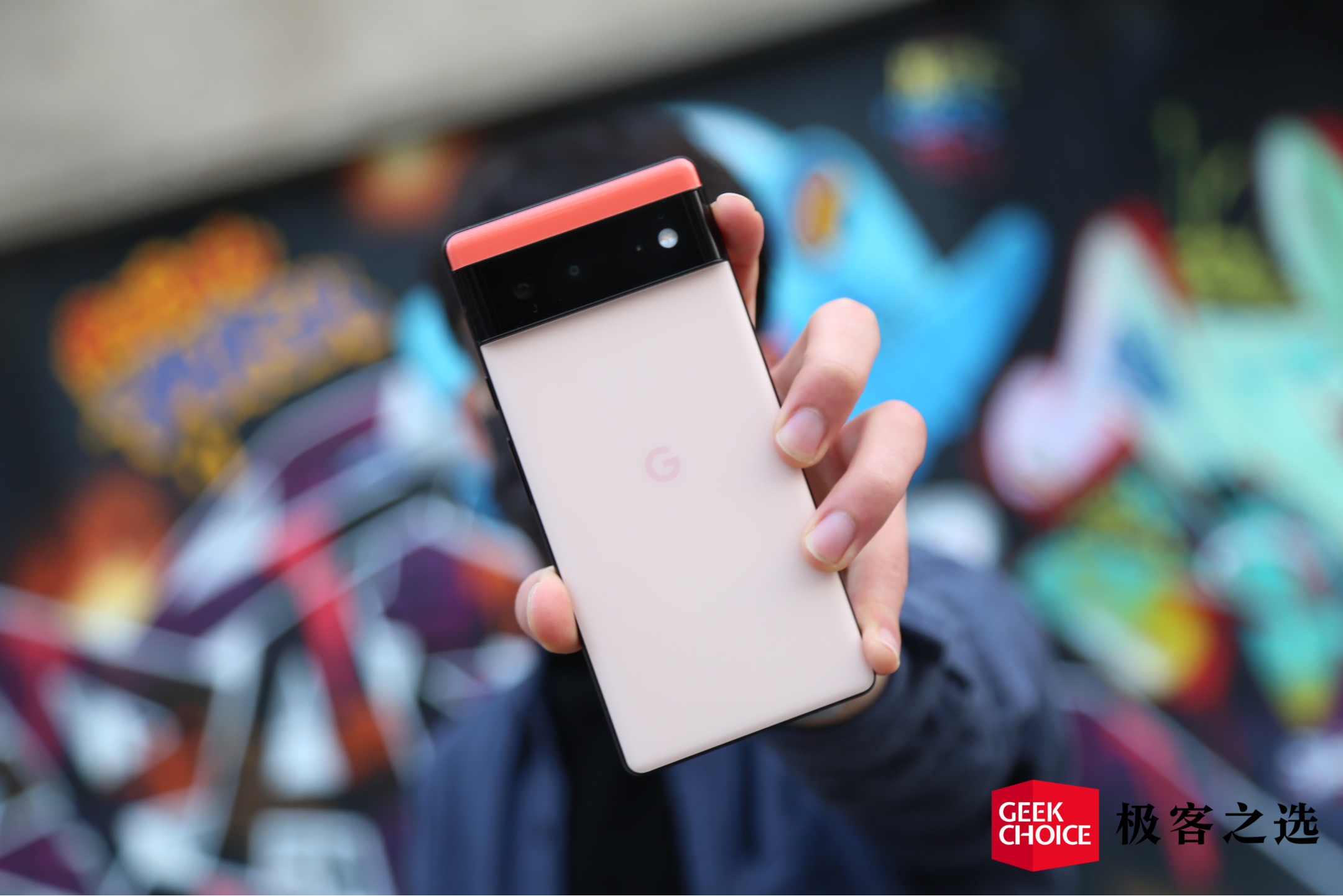
After all, the back design of the Pixel 6 is indeed quite unique: although the Pixel 6 has one less quadruple telephoto periscope lens than the 6 Pro, the two versions share the same camera module design: across the phone, The camera module that bisects it into a stitched combination of two different colors acts as a thick dividing line - and of course the most conspicuous.
Controversy over this design has been ongoing since the official announcement of the Pixel 6, but Osterloh, Google’s senior vice president who is directly responsible for hardware projects such as the Pixel, has issued a direct response to this design: Google has been in the design of the Pixel 6. A lot of thought about what to do with phone camera design, but rather than let ID design be overwhelming, it’s better to embrace this design with enthusiasm and use it to match the most impressive color combinations.
It is true that for a series of mobile phones such as the Pixel 6 that did not sell too much, the mobile phone is more "recognizable", which may be a matter of more advantages than disadvantages, but the Pixel 6's camera module bulge is really. Away from the big spectrum, almost all Pixel 6 phone cases, including Google's first-party launch, inevitably make compromises for this design.
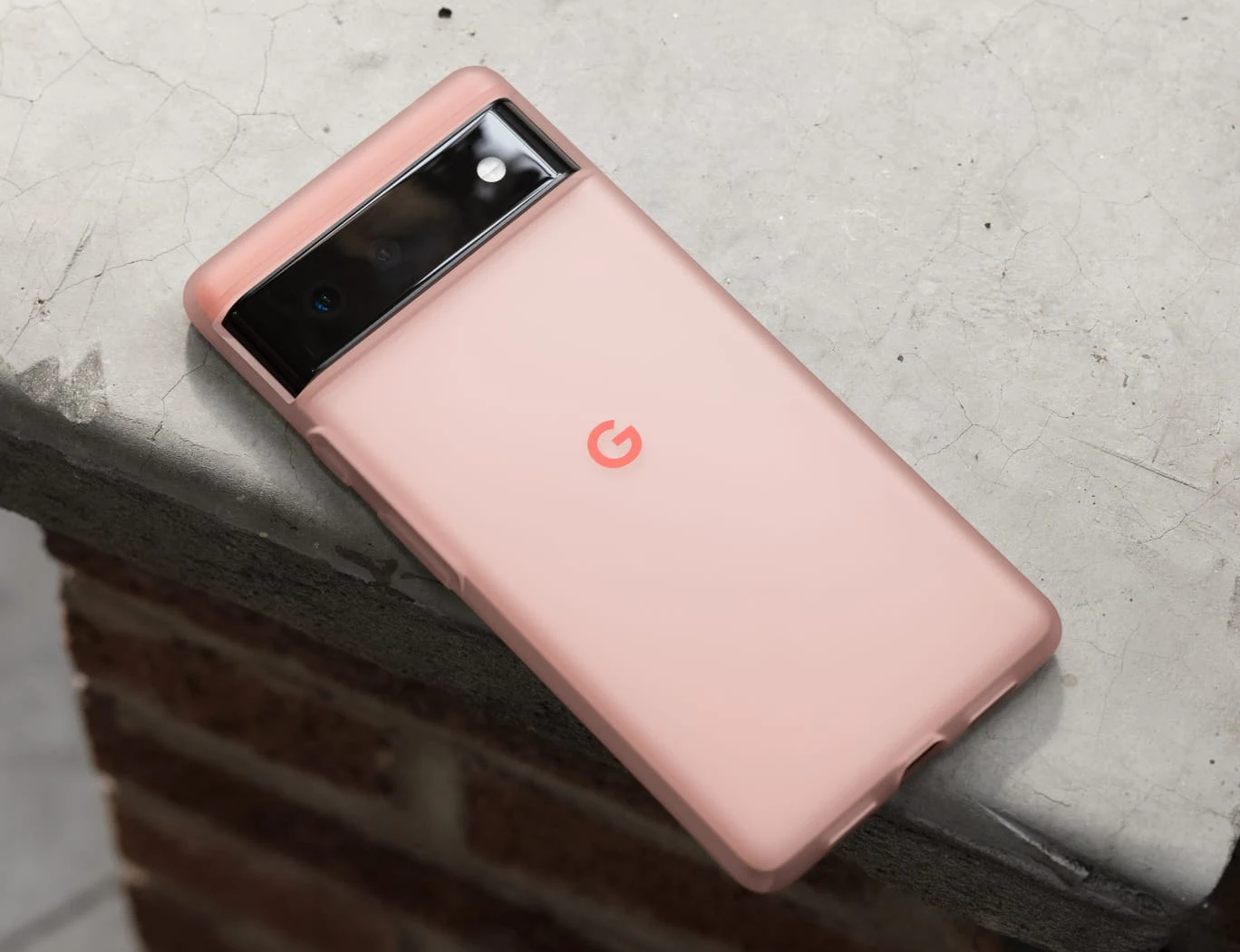
In addition, the Pixel 6 is very different from the flagship phone and uses three pieces of glass instead of a more textured one-piece glass on the camera module cover glass. After a period of use, it is easy to accumulate dust between the glass gaps. Moreover, the R-angle processing of the Pixel 6 camera module is not actually at the same angle as the curve of the fuselage, and the actual touch is not as smooth as imagined.
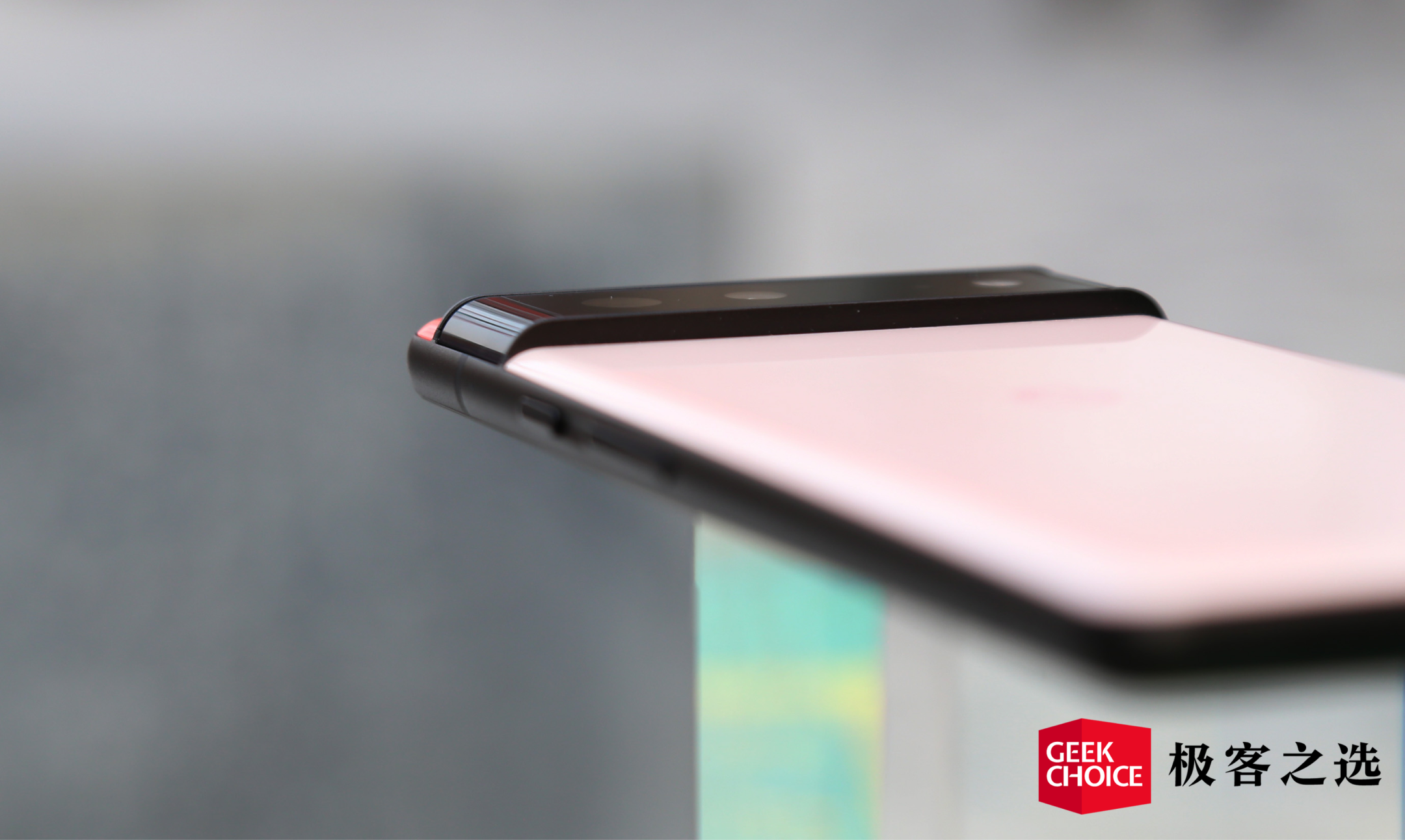
In general, the Pixel team strives to emphasize the way of "eye-catching design" to improve recognition on this generation of models. From a design perspective, it is understandable, but they are lazy and cut corners in details, which makes the Pixel 6's design feel even in the For a user like me who comes with a "fan filter", it is only at an unsatisfactory level, a little less refined than the previous generation Pixel.
Perhaps it is also the influence of the Pixel 6 itself, which made many domestic bloggers get started with the Pixel 6 experience for the first time this year, but some media complained in the experience that "the power button is placed above the volume button" is quite "anti-human". This is actually a feature of the Google Pixel series (to be precise, it has been added since the Nexus era). Most of the old fans have defaulted to and are accustomed to this setting, but for users who are accustomed to the design of domestic Android phones, this may be the case. It is indeed a little inconvenient.
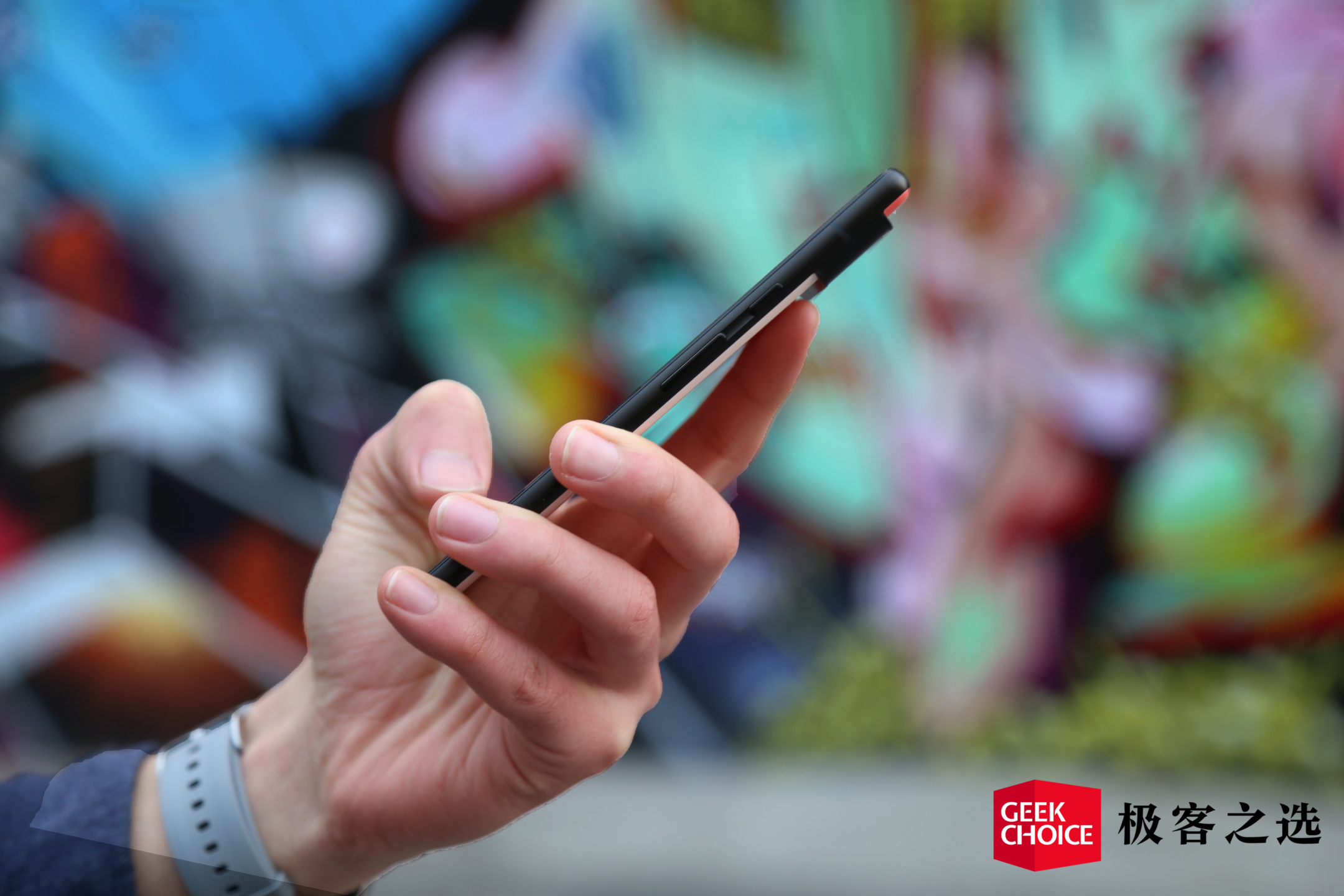
After continuing the "classic design" of several generations of rear-mounted physical fingerprint sensors, the Pixel 6 uses an off-screen fingerprint recognition design this time, but Google is still "half a beat" and uses Goodix's optical fingerprint recognition module The solution is technically a generation behind the domestic flagship mobile phone released this year; and the fingerprint recognition accuracy/speed after the tempered film has both dropped, but it has finally caught up with the trend; from the current information, the future Pixel 6 Pro 2D face unlock is still possible.
However, in the screen experience part, the current Pixel 6 in my hand only supports 1080P 90Hz display. The 6.4-inch screen is actually not very handy. The PPI of 411 will barely cross the pass line in the flagship mobile phone sequence in 2021. This is also related to the fact that the Pixel 6 and 6 Pro of this generation are both large-screen phones; the starting weight of 207g gives it a lot of weight.

As far as the mobile network experience of Pixel, which domestic users are most concerned about, is still the best test signal supported by Pixel 6 is China Unicom. If you are an advanced player, you can also unlock and use Telecom 4G by unlocking and swiping into Magisk. , which is also one of the inevitable learning costs of using Pixel in China.
But the biggest problem with Pixel 6 about using mobile networks is actually more than that: if the previous generation of Pixel 5 / 4a 5G using Qualcomm SoC can also use various Magisk plug-ins to "save the country" and use 5G networks in mainland China , but the Pixel 6 uses a Tensor SoC, so as of January 2022 there is no way to use any operator's 5G network normally in mainland China: for the foreseeable future, it can only display in my hands The "LTE" icon for 4G.

In the internal hardware configuration of Pixel, perhaps the most innovative significance is still because it is the first Google mobile phone equipped with Google's self-developed SoC: With the gradual end of Moore's Law, the development of mobile phone SoC can be most intuitively reflected: mobile phone It is necessary to explore different ways in exchange for further release of performance, such as adding an AI co-processor suitable for deep learning computing scenarios to mobile phones, or ISP dedicated to improving the imaging efficiency of mobile phones.
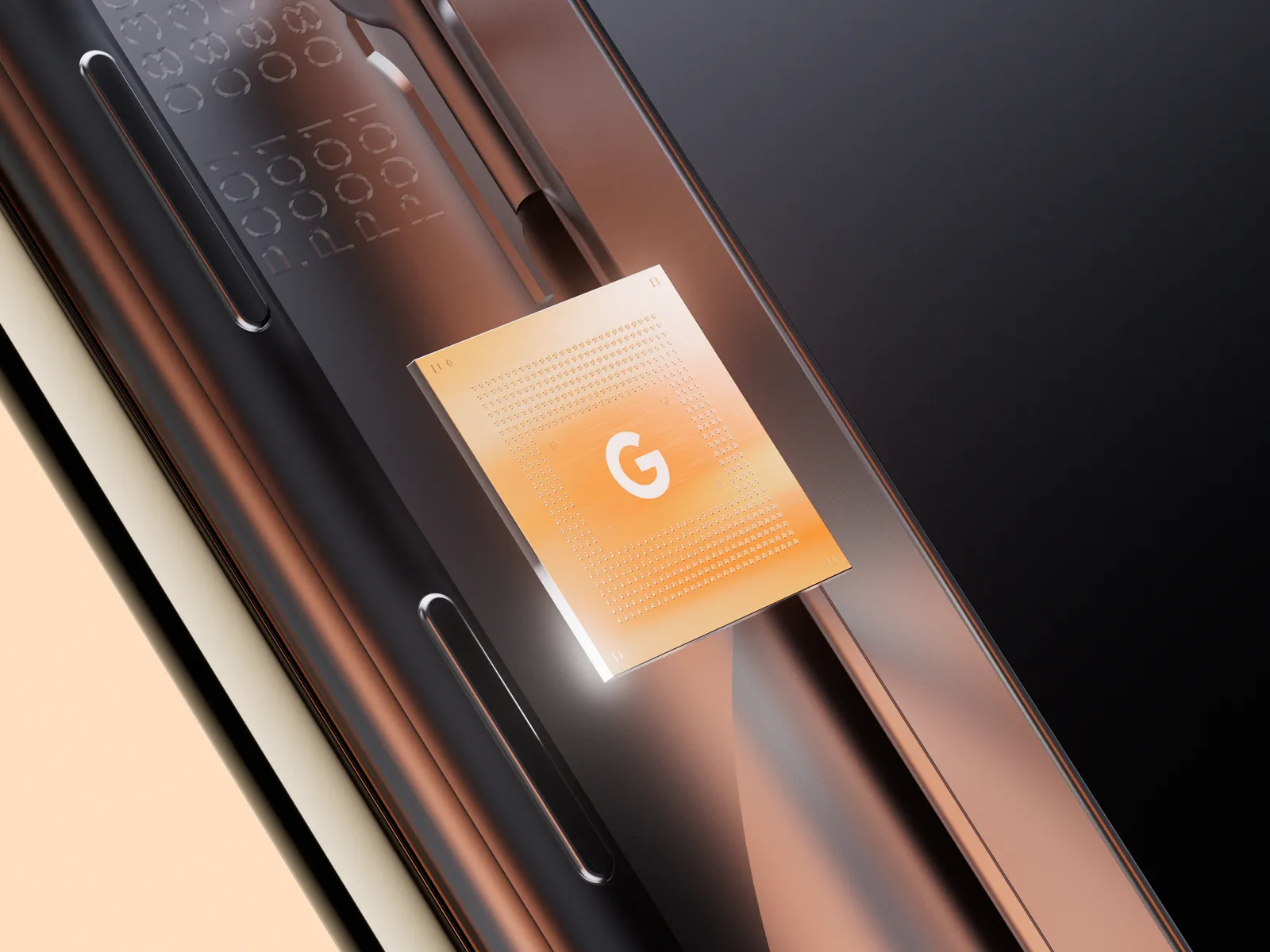
Of course, these will not sound unfamiliar in 2021 - because Xiaomi, OPPO, and vivo all add custom ISPs that are deeply involved in the design of their flagship phones to enhance the phone's camera experience; these are Google Pixel in the first five generations of Pixels. The Tensor Chip chip on the Pixel 6 is already the next step: integrating the self-developed coprocessor into the self-developed SoC.
An enhanced version of the voice input based on the combination of the Google Assistant language recognition model and the Gboard input method voice input. These Google demonstrated their related technologies as early as the 2018 I/O conference, but with the improvement of AI computing power, this time Google can finally move these speech models from the server to the mobile phone, which can be more convenient to use in an offline environment.

As mentioned earlier, the Pixel 6 is equipped with a rear dual-camera module: a main camera with a wide-angle lens and another ultra-wide-angle lens. Except for the lack of telephoto, the rest of the hard configuration is almost identical to the Pixel 6 Pro.

The Pixel 6's main camera is a 50-megapixel sensor that can use four-in-one pixel binning to take 12.5-megapixel photos. Although the ancestral IMX363 was finally replaced after four years, the details are still above the pass line even by Pixel standards: especially considering that Google is likely to continue to use the same sensor for three consecutive generations, relying on algorithms Come to squeeze the performance, think about it and look forward to it.



However, for the Pixel, high-quality imaging has become a bit boring. What is more interesting is the various ways of playing the camera: such as the "Portrait Light" mode that appeared in the Pixel 5 era, which automatically recognizes the portrait in the photo and simulates the fill light. The effect of lights, in the Pixel 6, still has amazing magic.

In addition, the two new dynamic photography modes of Pixel, "Action Panning" and "Long Exposure", may be confusing in terms of naming, but in fact, one is to blur the background and the other is to add motion to the main body of the picture. The effect is mainly to complete the framing in a very short time; the former realizes the pursuit of focus shooting, and the latter is the literal long exposure effect.
These two main points are to make the shooting skills that originally require high photography technology/external environment, which can be easily realized on the Pixel 6 through computational photography. The specific differences have seen the application of the following effects in the finished film, I believe you can understand.

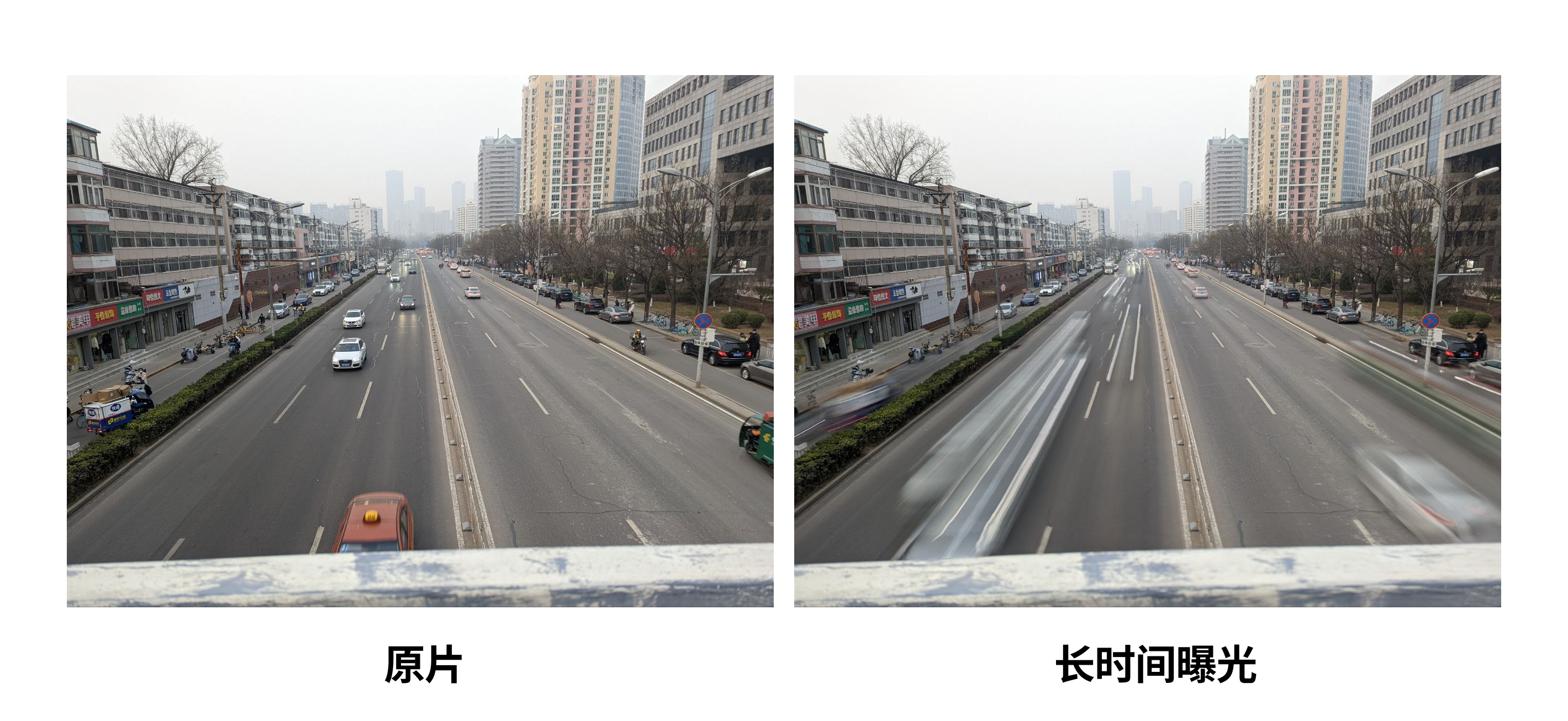
In the Pixel native camera, not only can you directly adjust the brightness/contrast of the picture during the framing stage, but you can also directly adjust the picture tone by dragging; these functions are not much different from filters in essence, but for the "hand-made film" such as The experience improvement of the scene is still immediate, at least I will be more willing to take it to shoot and record more.
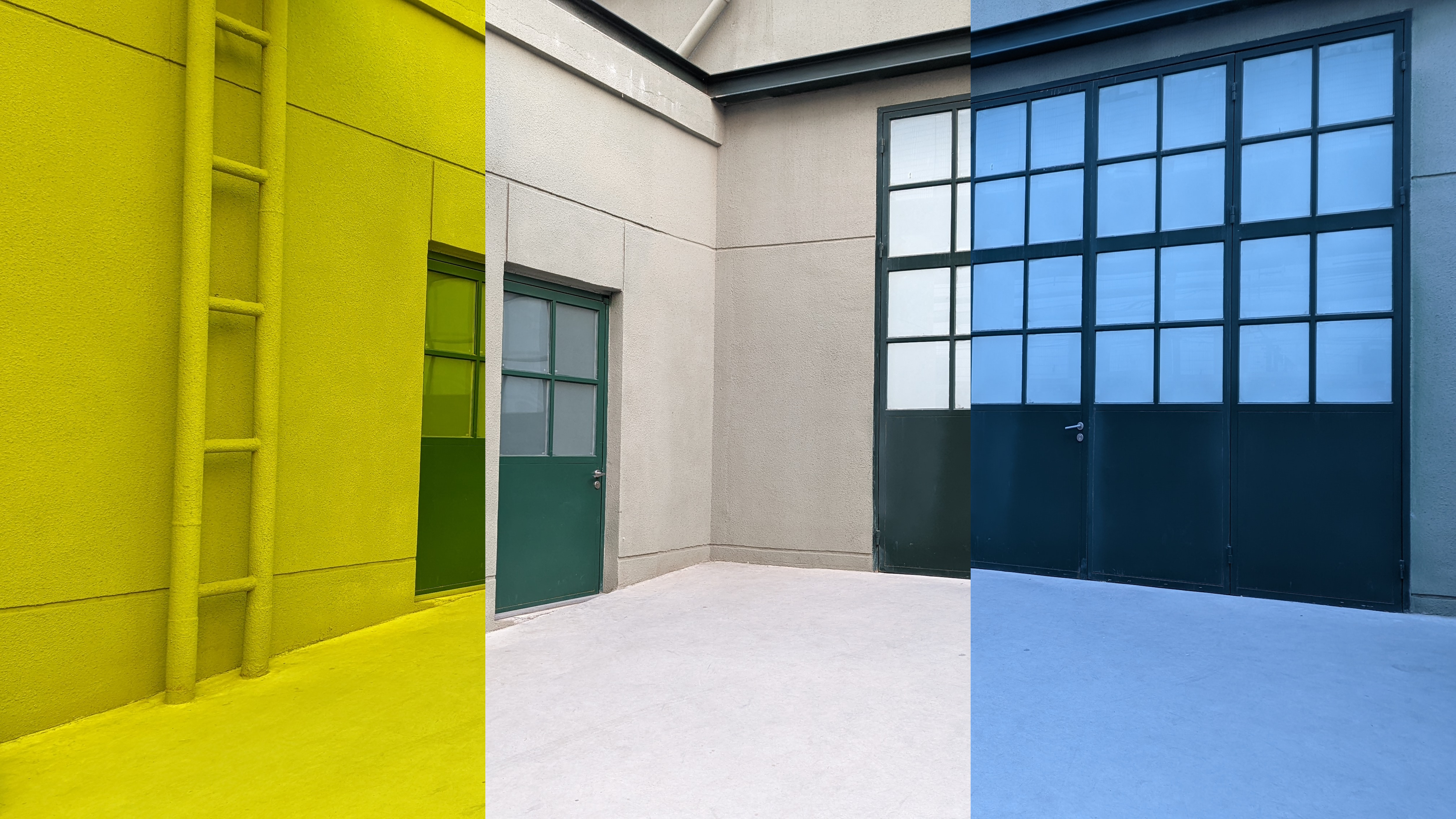
Although the Pixel 6 is far from being able to replace the existence of SLR or even micro-single, the effects achieved by computational photography on the Pixel are not intended to replace professional photography equipment, but to lower the threshold to allow more users to experience photography. fun, and then shoot something that works just as well: capture precious moments at any time. This may be the greatest value of mobile computing photography at this stage.
Maybe you've heard it many times: Android 12 may be Google's biggest UI design improvement since Android 5.0, and if you want to experience the intuitive effects of this change at close range, the Pixel is undoubtedly the The best option (although there's no need to spend the 5K on the Pixel 6 if it's just for the experience).

And Pixel 6, as the first mobile phone with Android 12 pre-installed at the factory, is a gimmick in itself: in a sense, Android 12 is tailor-made for Pixel 6, as seen in March last year. The "aircraft draft" has already vaguely revealed the relevant hardware design of the Pixel 6.
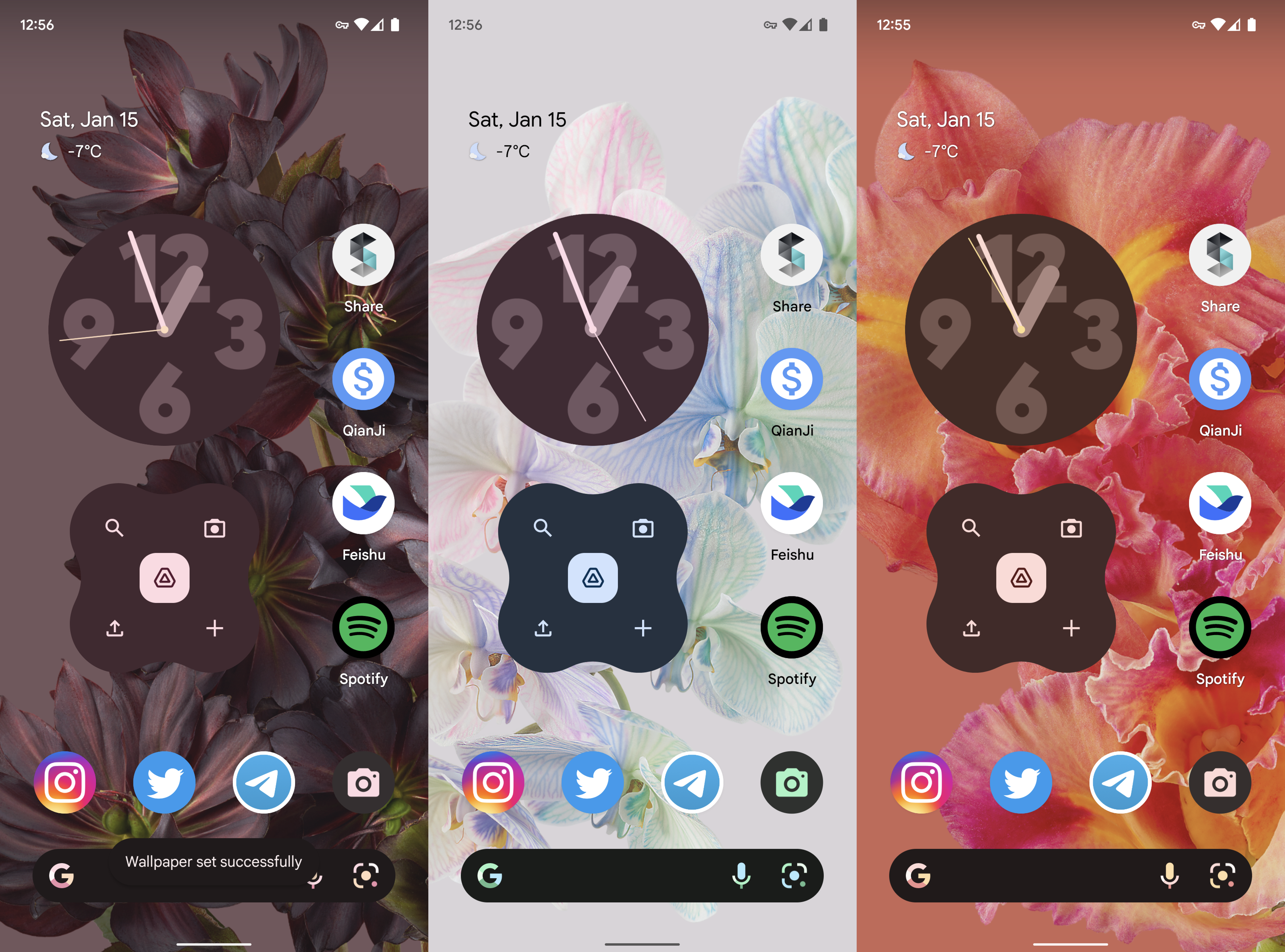
The theme system is also a commonplace in Android 12, but with the current domestic Android 12 system update, not only deeply customized Android such as ColorOS and MIUI have no related theme implementation methods, but relatively "international" brands like Lenovo and Sony have The running native Android system still castrates a lot of the theme implementation in Android 12 (at present, the closest approach to the Android 12 native theme system implementation in China is vivo's OriginOS Ocean).
Perhaps it is for this reason that native Android still has such a unique appeal to domestic Android players: in addition, a large part of the system carried by the Pixel 6 already belongs to Google's own "private goods", and Not part of the AOSP project open to OEMs.
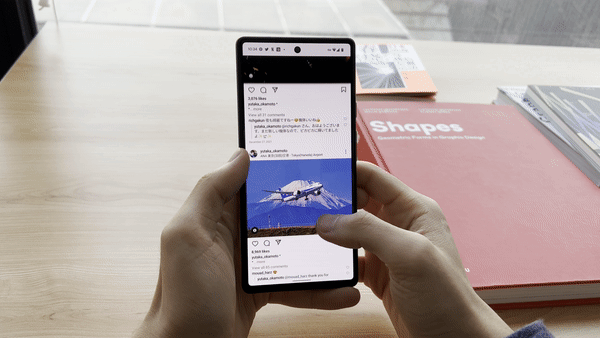
In addition, Google promised five years of security updates and three years of Android version updates when the Pixel 6 was released, which means that at least until Android 15 in 2024, the Pixel 6 can use most of the new Android features for the first time: Google's "buy the system and get the phone" style becomes even more pronounced on the Pixel 6.
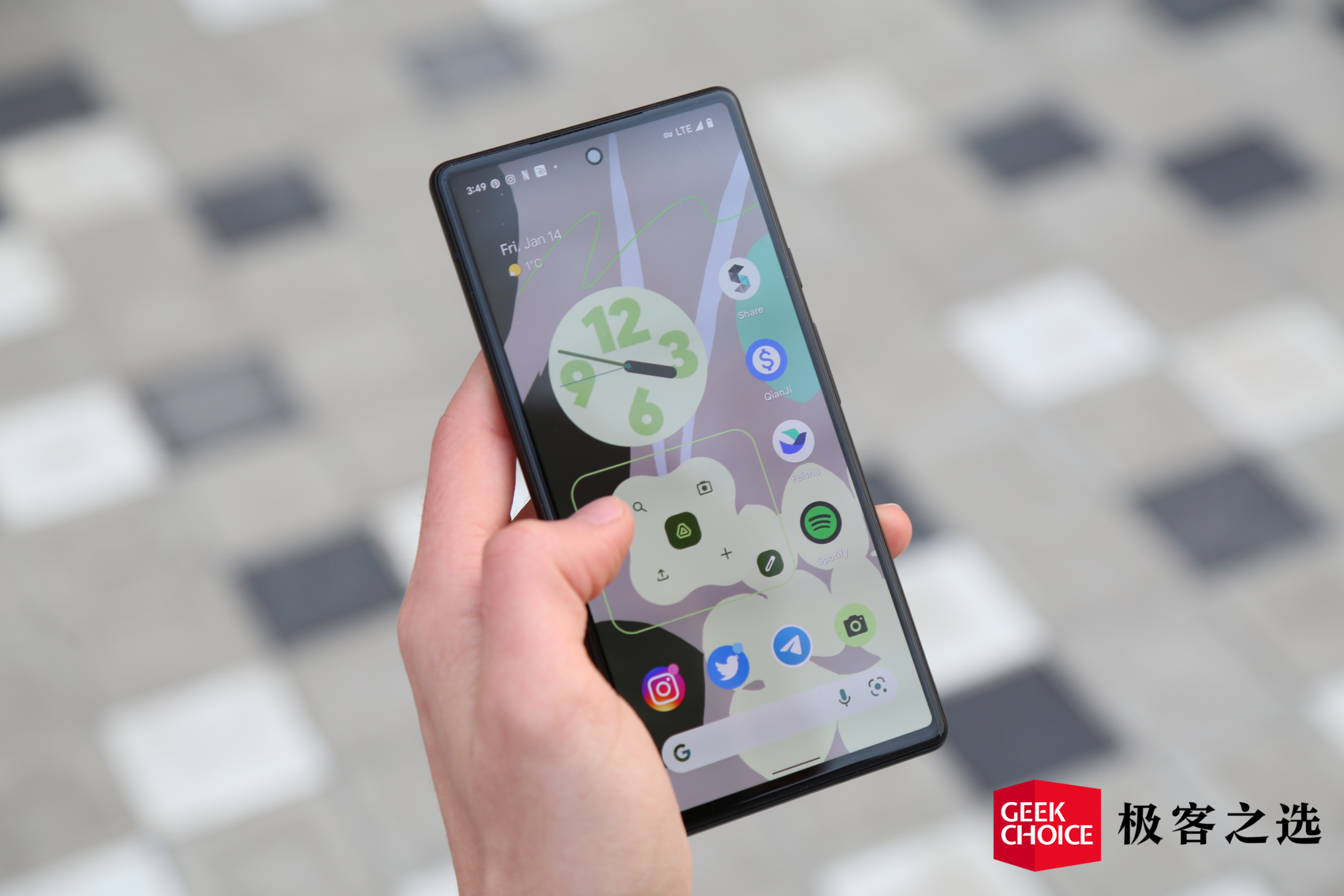
Google made the less than perfect Pixel 6, and it also developed the far less "revolutionary" Tensor SoC chip and Android 12.
It doesn't work for me, and most likely it doesn't work for you who are reading this -- I'd estimate it's about 99 percent of the time.
But I still like to hold it, and it's probably a phone built for the 0.5% of native Android fans and the other 0.5% of heavy users of Pixel/Google services.
Comments
Post a Comment